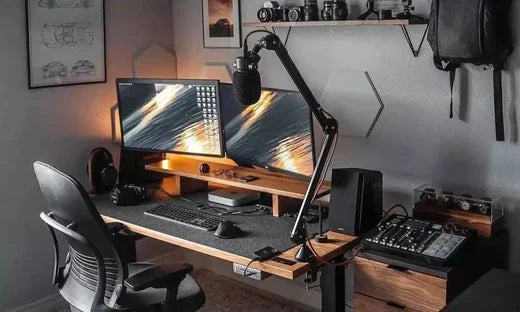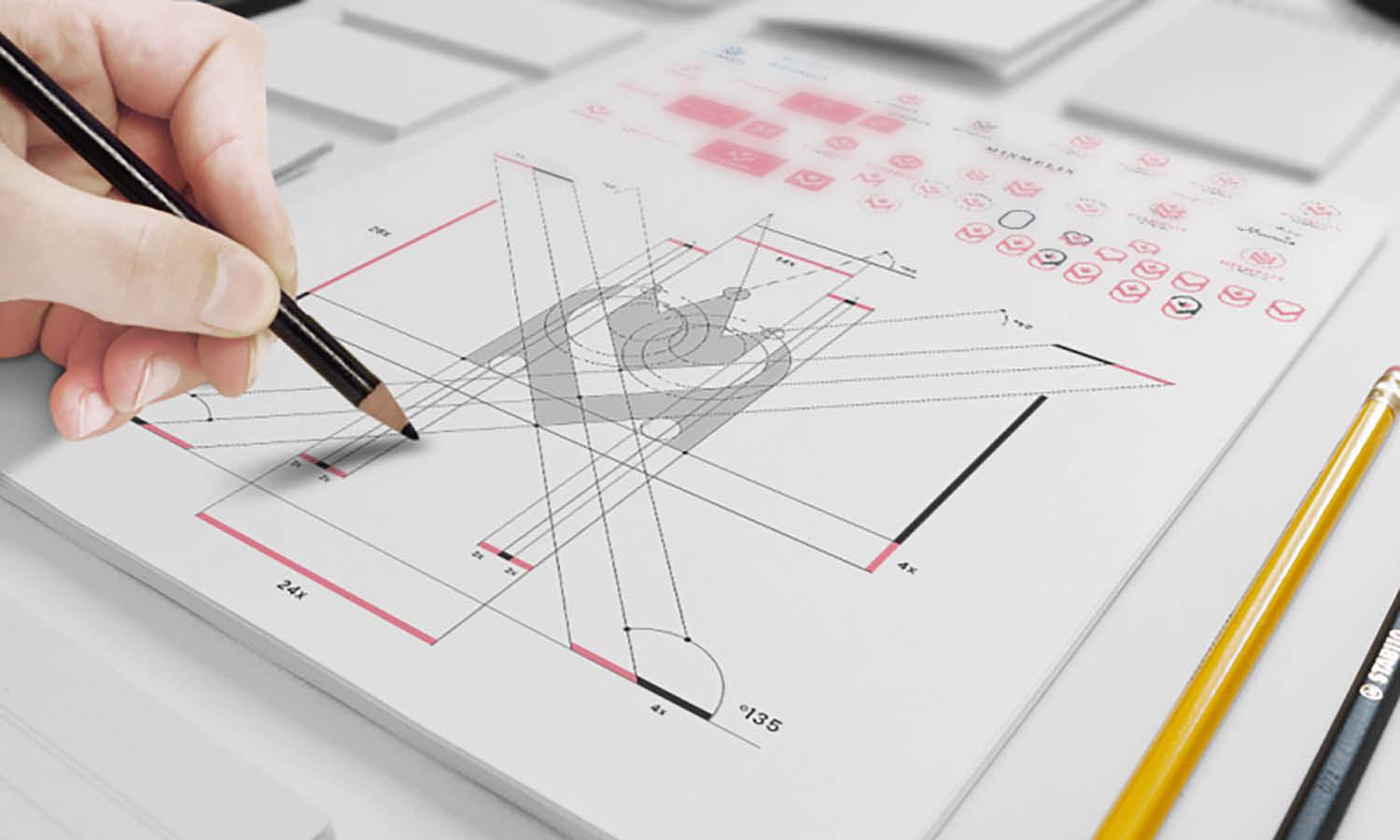Planning a Home Renovation? Eight Important Things to Consider

Buying a home is an exciting milestone, especially in a state like Iowa, known for its rich history and peaceful environment. If you’ve purchased a fixer-upper, you might already be envisioning the changes you want to make. However, home renovations take more than just mapping out ideas and hiring contractors. Whether you’re modernizing an outdated space or improving functionality, planning is crucial. Before you dive into this major project, there are key factors to consider that can affect the success of your renovation. A well-thought-out approach can save you time, money, and frustration.
1. Define Your Renovation Goals
Do you have a clear vision of what you want to accomplish? If not, start with this step. Are you looking to improve functionality, increase your home’s value, or simply modernize an outdated space? Without defined goals, it’s easy to get sidetracked, which can lead to unnecessary changes and extra costs.
Think about how your lifestyle influences your renovation needs. If you work from home, adding a dedicated office space might be a priority. If your family is growing, expanding your kitchen or adding an extra bedroom could be necessary. For added convenience and long-term accessibility, considering features like a home elevator can also make your investment more valuable and future-ready. Your renovation should align with your long-term plans to ensure that your investment serves you well in the years to come.
2. Understand the Financial Aspects
Renovating a home comes with financial considerations that go beyond the initial cost estimates. While Iowa offers a relatively affordable cost of living, a renovation can still be a significant expense, so make sure you evaluate your budget before making commitments.
Start by reviewing your financing options. If you’ve opted for a flexible mortgage, check the terms and current Iowa mortgage rates to understand how they might affect your ability to fund a renovation. Some homeowners use savings, while others opt for home equity loans, personal loans, or renovation-specific mortgage options. Understanding your financial standing will help you determine how much you can afford to spend.
Setting a realistic budget is key to avoiding financial strain. Break down your renovation into categories, such as materials, labor, and permits, and leave some room for unexpected expenses. Costs can add up quickly, and it’s not uncommon for projects to go over budget due to unforeseen issues like structural repairs or material price fluctuations. Sticking to your budget requires careful planning and prioritization to ensure that the most important upgrades are completed first.
3. Research Local Building Codes and Permits
Many homeowners overlook the legal aspects of renovation, but failing to secure the necessary permits can lead to major setbacks. Local building codes exist to ensure that renovations meet safety and quality standards. Do not skip this step! Doing so results in fines, and you might even have to undo completed work.
Building permits are typically required for structural changes, electrical work, plumbing modifications, and additions. The requirements vary by location, so it’s best to check with your local building department before starting your project. Contractors can often handle the permitting process, but as a homeowner, you should still be aware of what’s required.
4. Find the Right Contractors and Professionals
Choosing the right team for your renovation can determine the success or failure of the project. With so many contractors available, it’s essential to do thorough research before making a decision. It would be best to get recommendations from friends, family, or neighbors who have had renovations done. Online reviews and testimonials can also provide valuable insights into a contractor’s reputation.
Once you’ve shortlisted potential candidates, request detailed estimates from at least three different contractors. The cheapest option isn’t always the best—look for professionals who provide transparent pricing and clear timelines. Ensure that they are licensed, insured, and experienced in the type of work you need.
5. Consider Structural Changes Carefully
Structural modifications can dramatically change the look and feel of your home, but they also come with added complexity. Removing walls, expanding rooms, or altering the foundation requires careful planning and expertise. Before making major changes, consult a structural engineer or architect to determine the feasibility of your plans.
Not all structural changes are practical or cost-effective. Some walls may be load-bearing, meaning they support the weight of the house. Removing them without proper reinforcement could compromise the integrity of the structure. Similarly, altering plumbing or electrical systems might require extensive work, leading to higher costs and longer timelines.
If you’re making major structural changes, factor in the additional costs of permits, materials, and professional fees.
6. Plan for Temporary Living Arrangements
Depending on the scope of your renovation, your home may be unlivable for some time. Major projects, such as kitchen remodels or full-scale renovations, can create dust, noise, and disruptions that make daily life difficult.
Some homeowners choose to stay with family or rent a short-term space, while others set up temporary living arrangements within their homes. If you plan to stay on-site, be realistic about what that will involve. You may need to create a temporary kitchenette in another part of the house, find alternative storage solutions, or adjust your routine to accommodate construction schedules. Proper planning can help reduce stress and keep the renovation on track.
7. Think About Future Maintenance
When selecting materials and finishes, consider their long-term maintenance requirements. Some homeowners get caught up in trendy designs without thinking about how much upkeep they’ll require. For example, while marble countertops look beautiful, they require regular sealing and can stain easily. Hardwood floors add warmth and elegance, but they may not be the best choice for high-traffic areas or homes with pets.
Durability and ease of maintenance should be top priorities when choosing renovation materials. Opt for finishes that are both stylish and practical. Quartz countertops, for instance, offer the look of stone but require less maintenance. However, incorporating cultured stone into your design can provide the aesthetic appeal of natural stone with a fraction of the upkeep, unlike traditional stone, which can be prone to cracking or staining. This approach lets you enjoy a sophisticated look without the constant worry of wear and tear. Making smart material choices will ensure your renovation stands the test of time without creating unnecessary maintenance burdens.
8. Be Realistic About Timelines
Home renovations rarely go exactly as planned, and unexpected delays can happen for various reasons—material shortages, contractor schedules, weather conditions, or permit approvals. While it’s tempting to hope for a quick turnaround, setting a realistic timeline is crucial to avoiding frustration.
Discuss the estimated completion date with your contractor, but remain flexible. If your project involves custom materials or intricate designs, factor in additional time for delivery and installation.
To minimize delays, ensure that all materials and permits are secured before the project begins. While it’s natural to want your home back to normal as quickly as possible, patience and careful planning will ultimately lead to better results.
A home renovation is a significant investment that requires careful planning, financial awareness, and realistic expectations. While challenges may arise along the way, thorough preparation and a flexible mindset will help ensure your renovation is both successful and rewarding. Whether you're upgrading your home for comfort, functionality, or future resale value, making informed decisions will help you achieve the best possible outcome.















